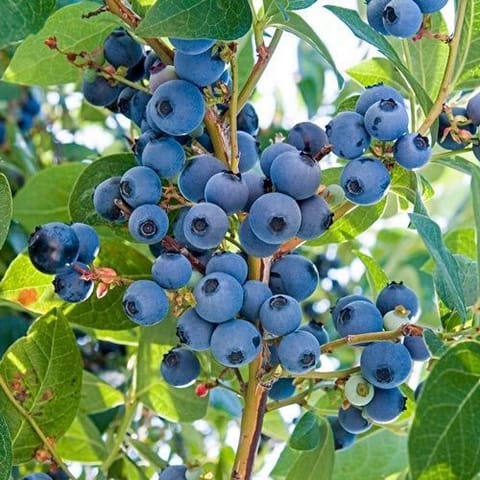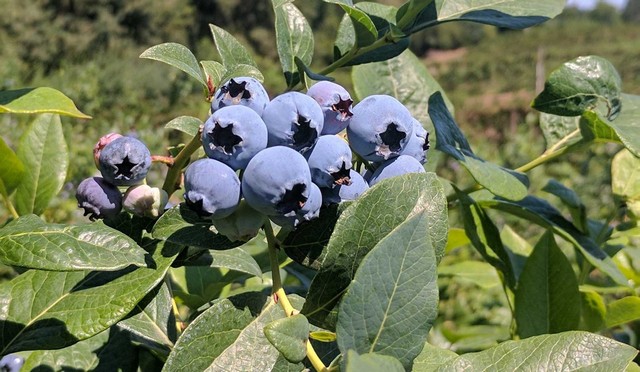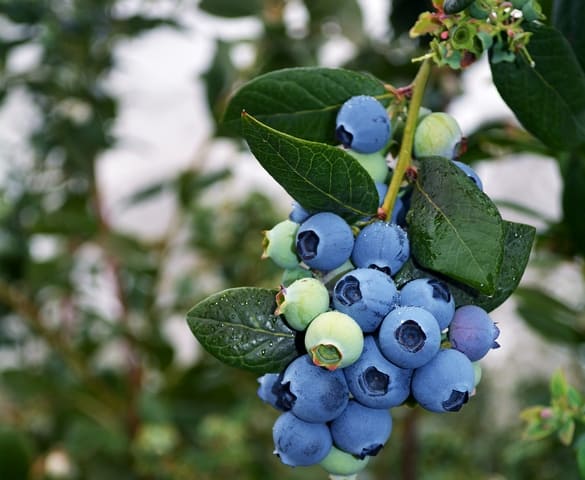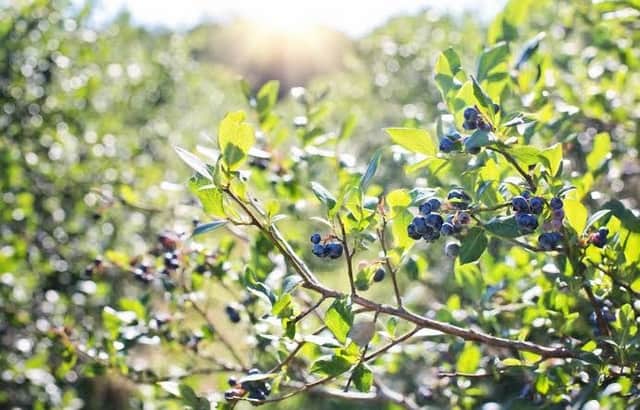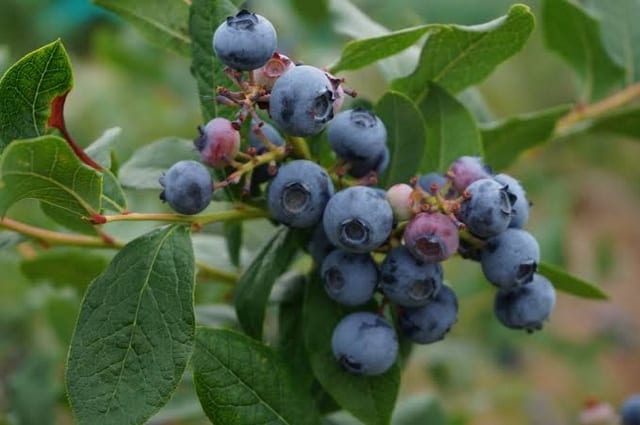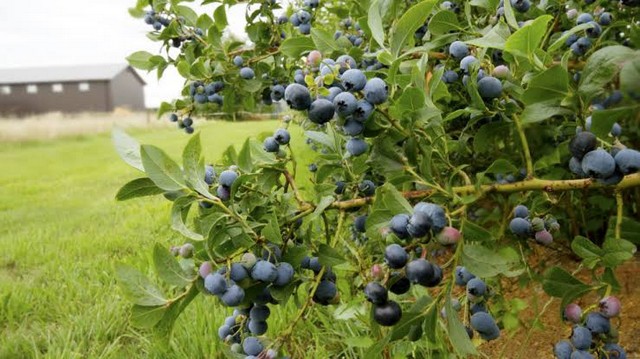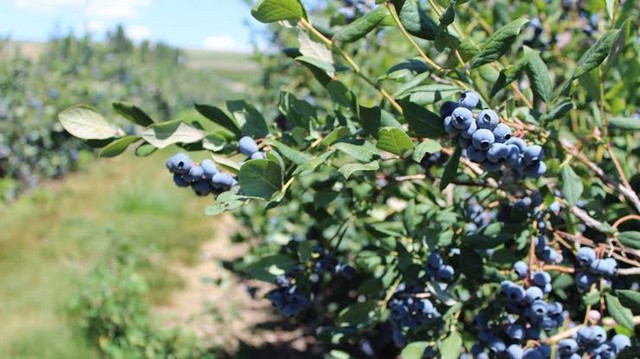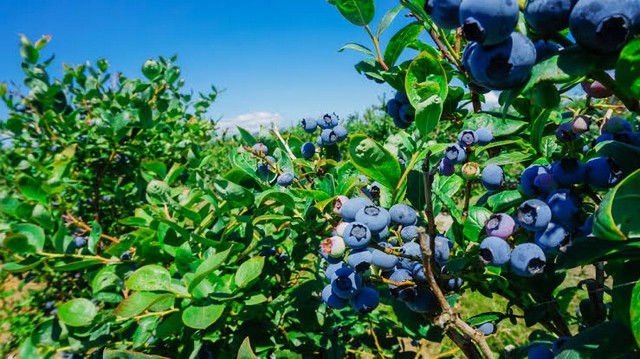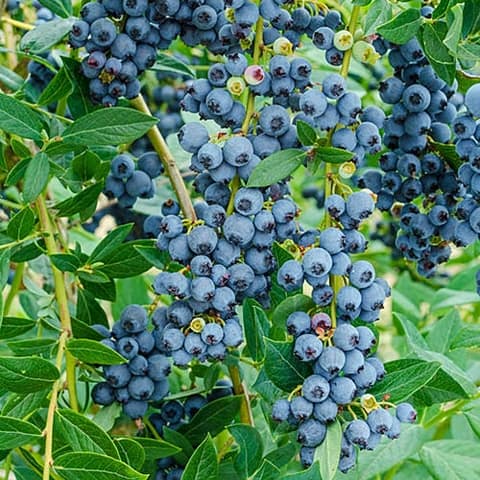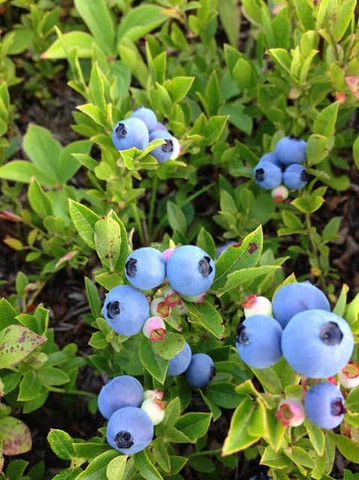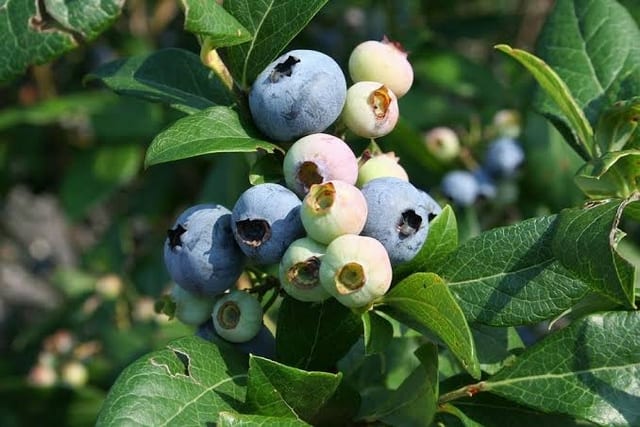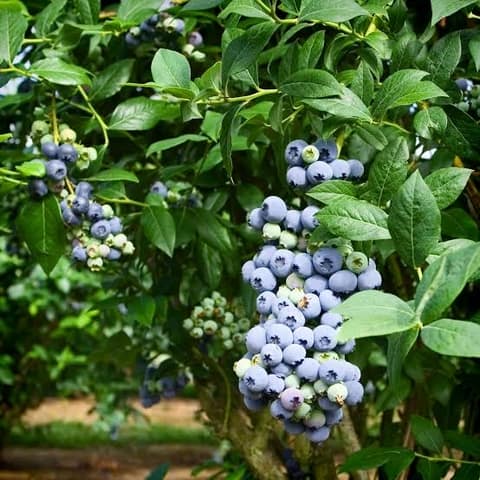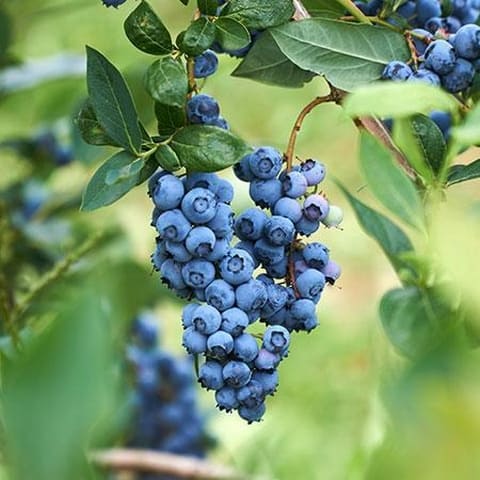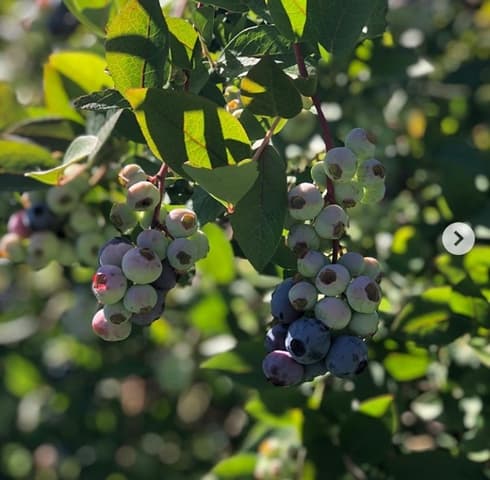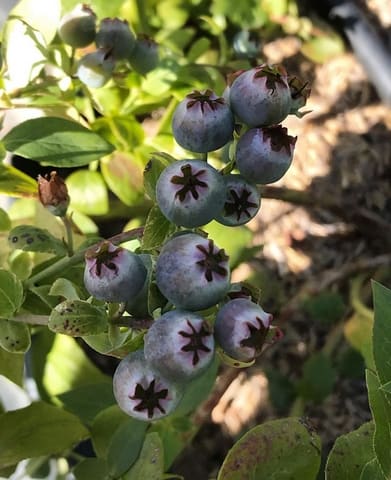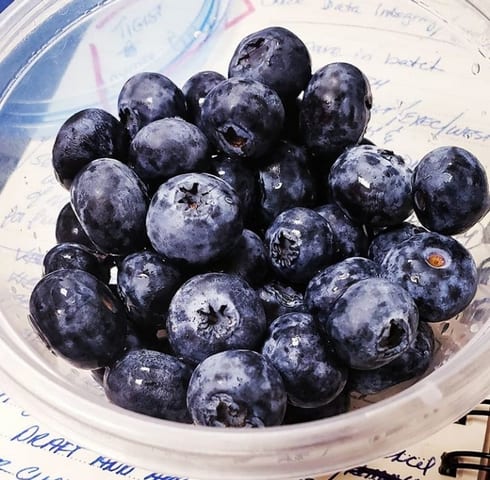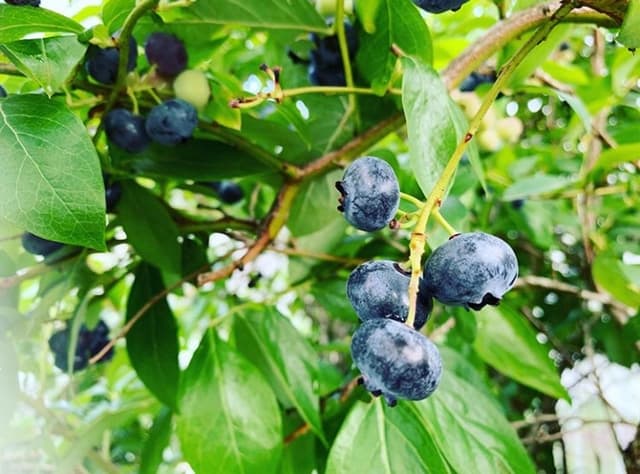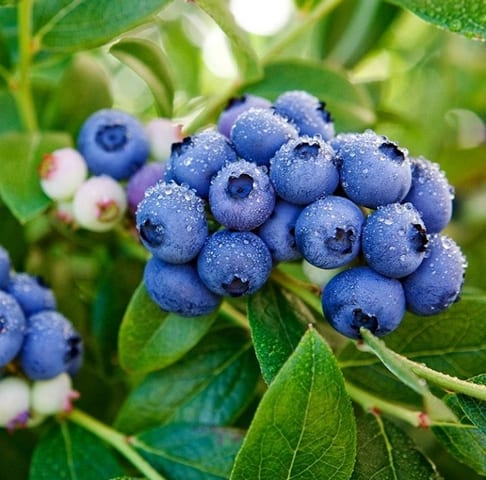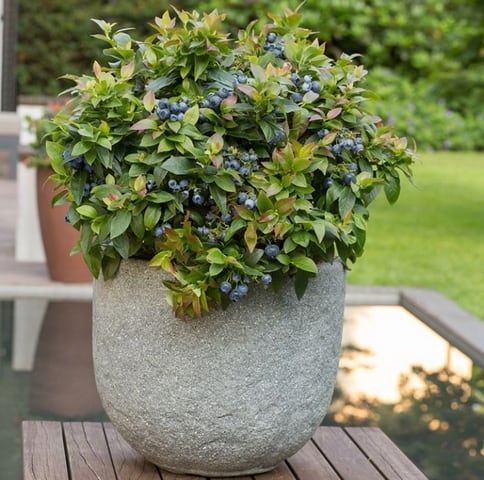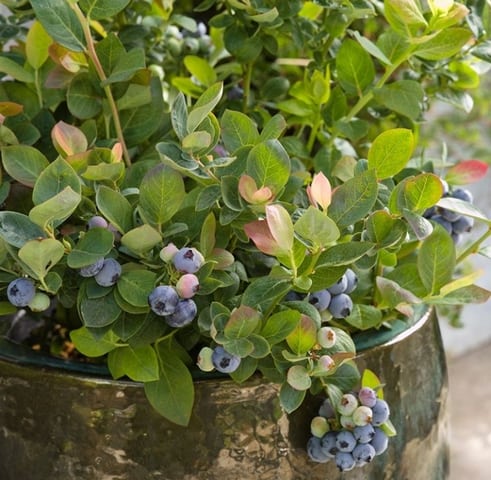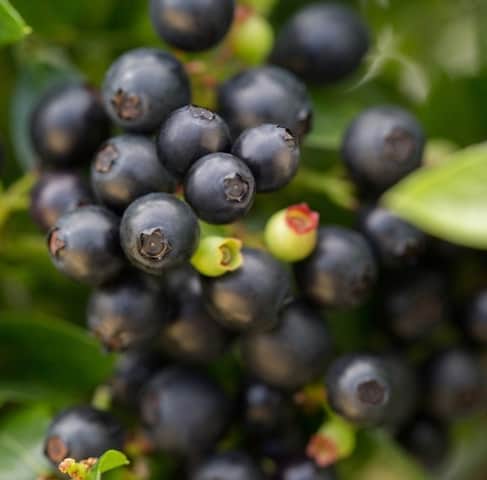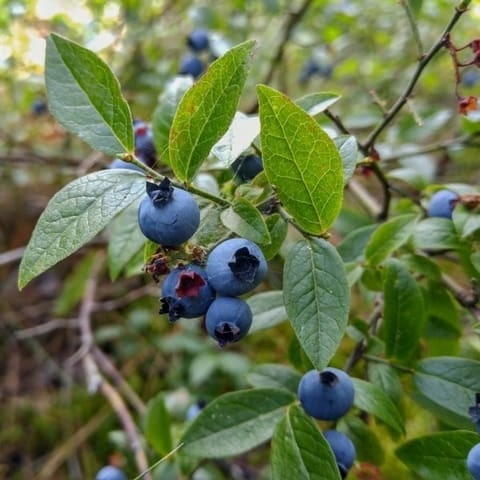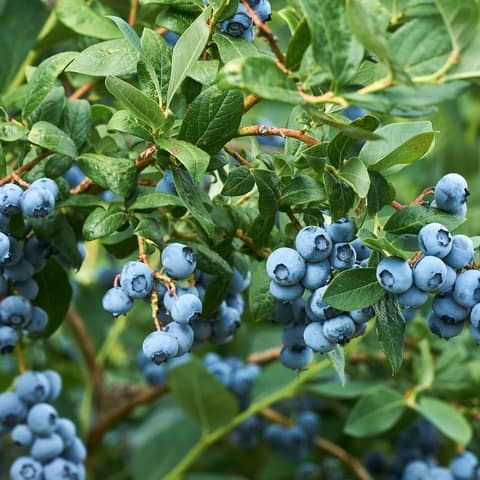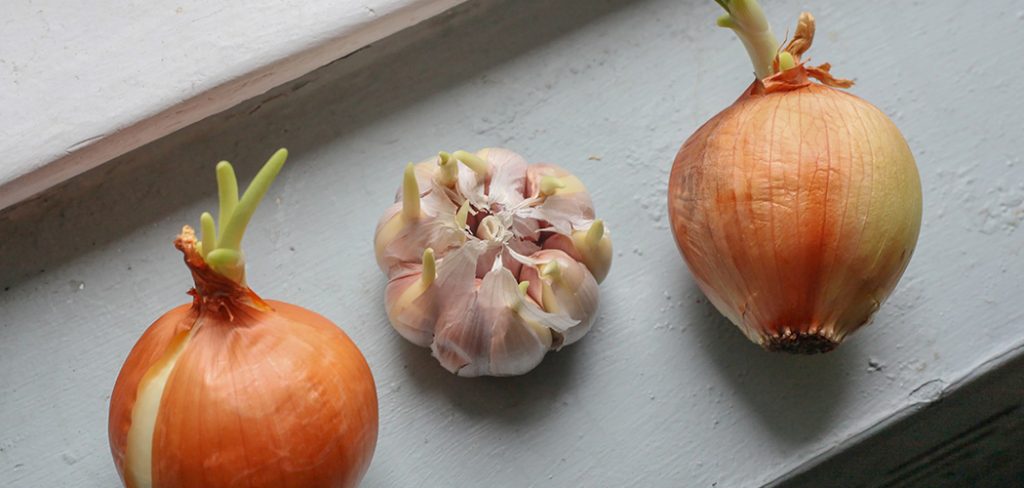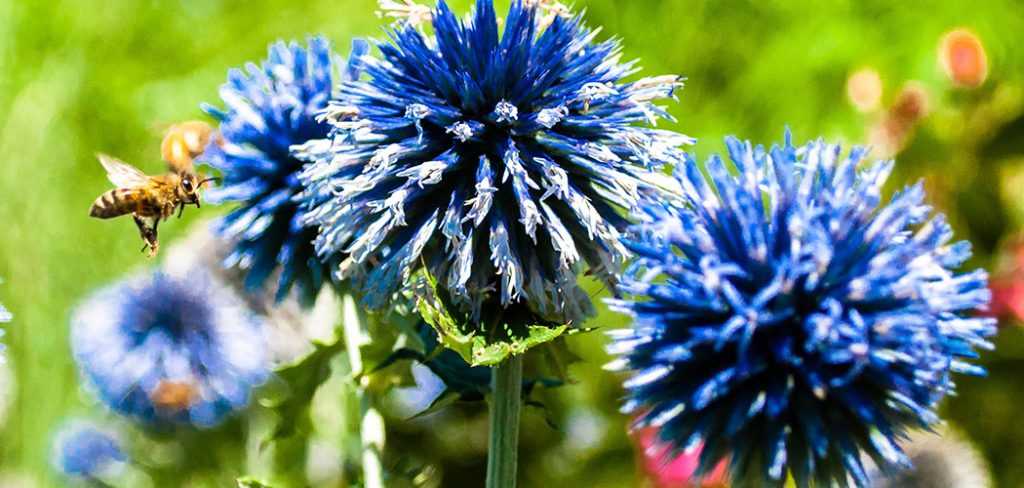Blueberries (botanical name, Vaccinium corymbosum) are a large species of flowering plants with blue or purple coloured berries that are native to North America. Farmers love growing blueberries for their edible, sweet-tasting fruits.
These berries have been termed ‘super food’, and are an excellent source of vitamins. Not only are blueberries highly nutritious, consuming them is also of great benefit to the human body.
Blueberries aid in blood sugar control and prevention of heart diseases.
In time past, blueberries could only be gotten in the wild, but scientists have found a way for them to be cultivated domestically, and aren’t we glad they did?
Blueberries can be commonly found in home gardens because they don’t take up much space. The best part is: one blueberry bush has a lifespan of 40-50 years!
In today’s article, we are going to take you through a step-by-step process to cultivate and enjoy these wonderful fruits.
1. Site and soil selection
As blueberry plants last for decades, you’d be best served preparing selecting the right site, and preparing the soil correctly from the start.
Blueberries thrive in acidic soils with pH range between 4.0 to 4.5. If the soil pH is too high, you can mix garden or aluminium sulphur into the top six inches. The right soil must also be rich in organic matter.
The soil patch you intend on growing blueberries should be sited in a place that is sheltered, yet exposed to sunlight, albeit not directly. Also, the soil should be properly drained.
2. Planting blueberries
When selecting blueberries to plant, ensure you go for the ones that are suited to your climate. Select at least, two different varieties as this encourages cross-pollination and production of better fruits.
The best blueberries to plant are bare-root plants that are 2-3 years old.
Before planting, dig a hole that is 1 inch shallower than the plant’s root balls. You can add in some peat moss to the soil to keep it loose, acidic and well-drained.
Make sure the roots are spread out in the holes, and completely covered with soil.
If you are growing two or three blueberry plants, space them about three or four feet apart. To cultivate rows of blueberries, make sure they are between eight to nine feet apart.
Immediately after planting the blueberries, water them, and mulch around the base of the plant to keep moisture in and inhibit weed growth.
3. Care and maintenance
For the first two years after planting blueberries, remove all the flowers so that the fruits won’t grow. If you let the flowers bloom, the plant won’t have enough energy to produce leaves or roots.
As blueberries are shallow-rooted, they require large amounts of water till they are firmly established. When watering, ensure you deep-water, and not just water at surface level.
Continuously check the soil pH to ensure it remains acidic. However, take care not to add fertilizers to blueberry bushes within the first year of planting as their roots are still sensitive to salt.
Blueberries bushes last for decades; hence, old stems and shoots need to be constantly removed. For the first four years after planting you don’t need to prune bushes, but in subsequent years, it becomes a must.
Blueberries are a favourite snack for hungry birds; therefore, they need some protection. Drape bird nets over blueberry bushes to ward off these pesky intruders.
4. Harvesting blueberries
When blueberries are ready for harvest, they change from green to blue; This occurs between midsummer to late summer.
Ripe blueberries can stay on the bushes for days or weeks without losing taste and quality. However, when you are ready to harvest them, just pluck them – it’s that easy.
The fruit can be eaten fresh, stored in cans, frozen or used in cooking.
Checkout some more images of growing blueberries
If you love this guide, you should check our growing peanuts and growing strawberry guide.
